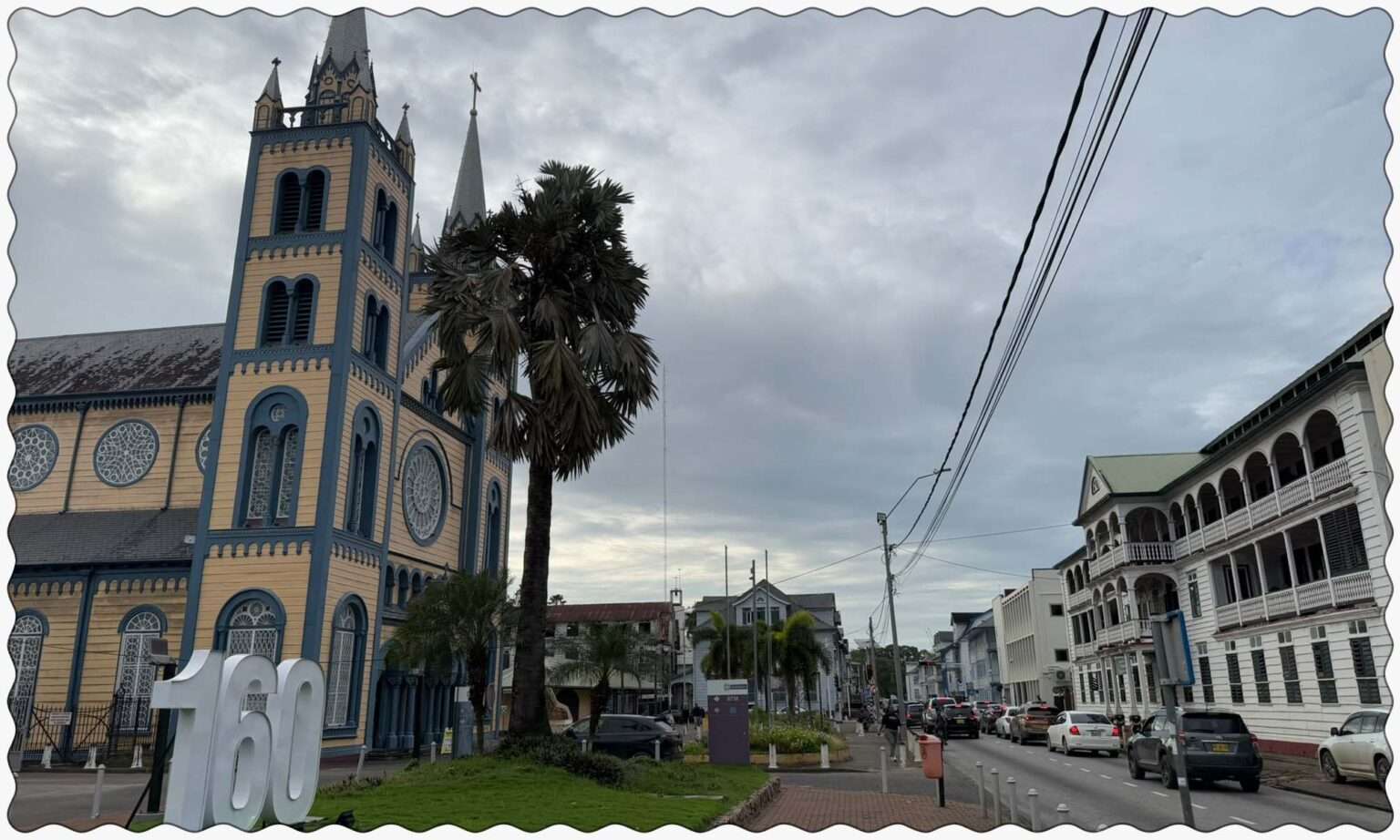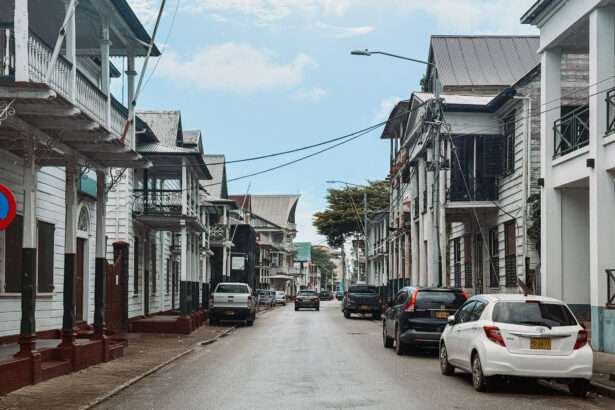Suriname is a Dutch speaking country with a population of around 600,000 people that is located in the north coast of South America within a region known as the Guiana Shield. The Guiana Shield is one of the world’s most biodiverse areas and is primarily covered in a thick rain forest from the Orinoco River in Venezuela to the west to the Amazon River in Brazil to the east.
During the colonial times the Spanish, British, Dutch, French, and Portuguese all claimed parts of this area. Today, Venezuela (Spanish), Guyana (British), Suriname (Dutch), and Brazil (Portuguese) are all independent countries. Suriname was the last of these 4 countries to gain its independence, only becoming fully separate from the Netherlands in 1975. The French have continued to hold onto French Guiana as part of their country.
Destination Overview
Suriname: Paramaribo, Jaw Jaw, Redi Doti
Today the Guianas is a collective term that refers to Guyana, Suriname, and French Guiana which together only have a population of a little under 2 million people. The vast majority of the population lives along the coast, as most of the interior of the Guianas is covered in pristine rainforest. In Suriname the capital city of Paramaribo is believed to have over 50% of the country’s population living in the city or the surrounding area. What makes Suriname unique is the incredible natural beauty of the rainforest and a diverse population that originates from various corners of the world. Even though the official language is Dutch, many of these groups continue to speak their own languages as well as a creole language known as Sranan Tongo and English. Tourism is not very common in Suriname meaning that infrastructure is not robust for visitors. However, there are local tour operators that can help facilitate everything you need during your stay in Suriname to visit the wonderful nature, learn about the unique history, and experience the one of a kind culture.
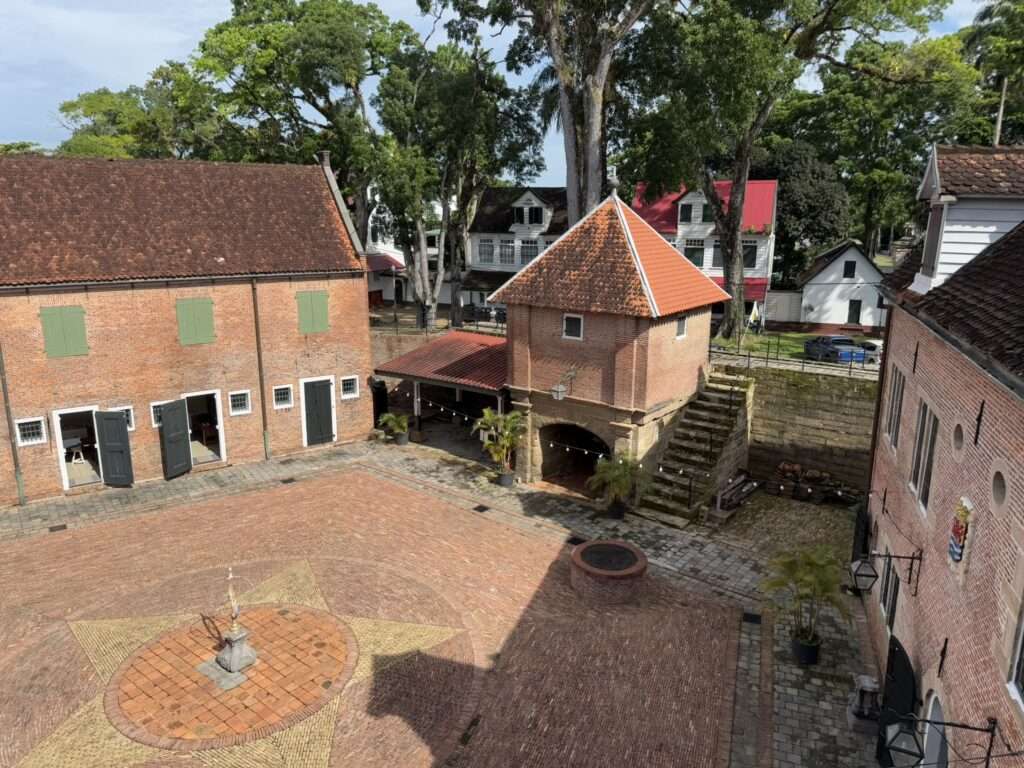
There were very few online resources about how to coordinate logistics and tourist activities within Suriname so we planned the majority of our trip with Travel the Guianas. Dinesh is the founder of the tourism agency that facilitates travel in Guyana, Suriname, and French Guiana but is particularly passionate about his home country of Suriname. We considered splitting time between Guyana and Suriname, but based on his recommendations decided to spend the entire time in Suriname. There is no bridge between Saint-Laurent-du-Maroni in French Guiana and Albina in Suriname which meant we had to enter the country by boat. While there is an official ferry, we were recommended to take a pirogue (small wooden motor boat) as a faster alternative.
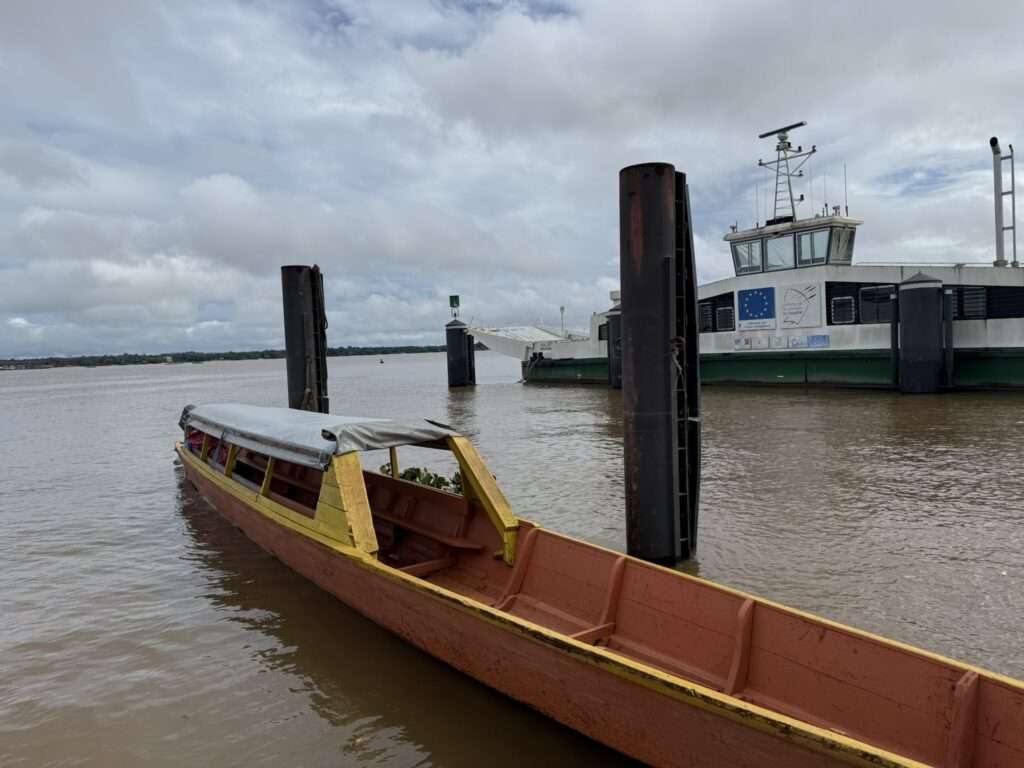
Similar to our arrival to French Guiana, we had to seek out the border agent to properly check out and find the border agent upon arrival in Suriname to check in. After ensuring we were legally in Suriname, we walked out of the border post to our transportation that Dinesh had coordinated to take us to Paramaribo. Along the way, we stopped at Peperpot Nature Park, a former coffee plantation that now has a walking and biking trail. It was our first introduction to the thick forest of Suriname, and we were delighted to encounter countless monkeys and birds during our walk along the trails. We also stopped at a local Surinamese restaurant where we tried Bami (noodle dish), Nasi (rice dish), and Dawet (coconut based drink). The food was unlike anything we tasted before, a unique mix of flavors that was a great welcome to Suriname.
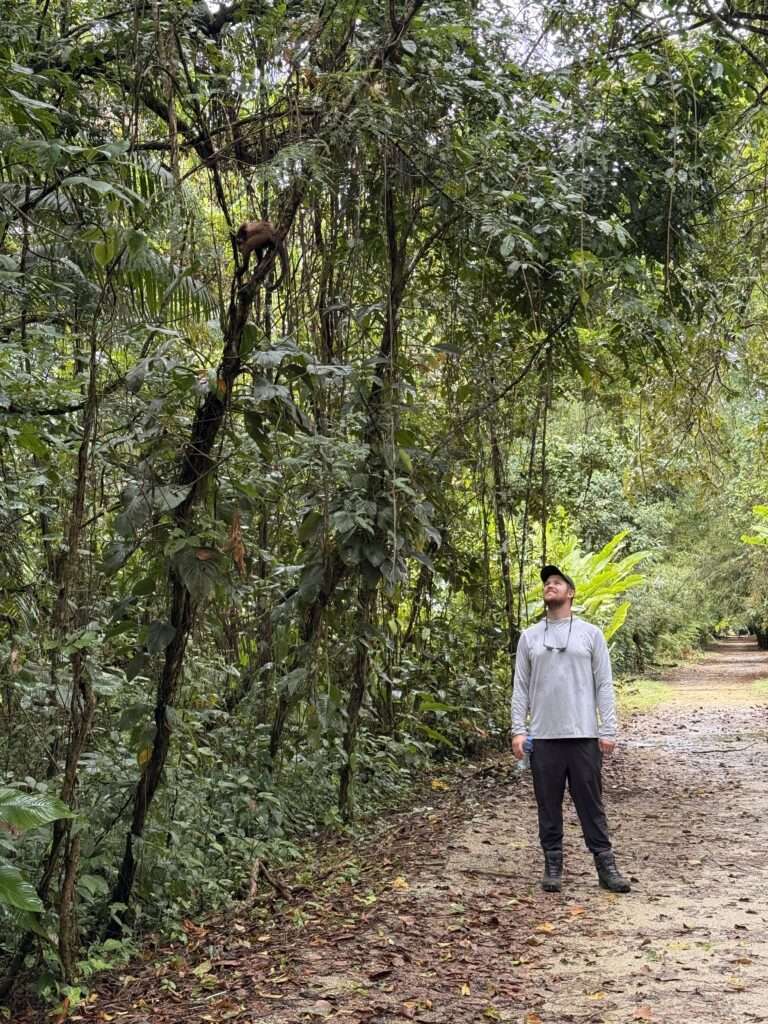
Where to Read More
A 7 Day Suriname Itinerary to Explore a Unique and Diverse Culture
A Suriname itinerary based from Paramaribo to help you explore this country over 7 days to dive into this unique culture and nature.
An Interesting Fact
Suriname is South America’s Smallest Country but One of the Most Diverse
With a population of only 600,000 people, Suriname is the smallest country in South America by both population and land mass. While the population is small, it is incredibly diverse encompassing different culture groups such as Amerindians (natives), Maroons (escaped African slaves), Hindustanis (Indians), Javanese (Indonesians), Boeroes (Dutch), Chinese, and Creole. Many of these groups were brought to South America by Europeans to work as slaves or indentured workers on the plantations. Over the years, these groups have retained aspects of their cultures while mixing together to create a one of a kind diverse Surinamese culture. While Dutch is the formal language, many people speak varying dialects of the creole Sranan Tongo in the streets and most people know English in addition to their native languages. With such diversity of cultures, there is also a large mix of religions such as Christianity, Hinduism, Islam, and Judaism. Paramaribo is proud to promote that there is a synagogue and mosque next door to each other where all can practice their faith without issue.
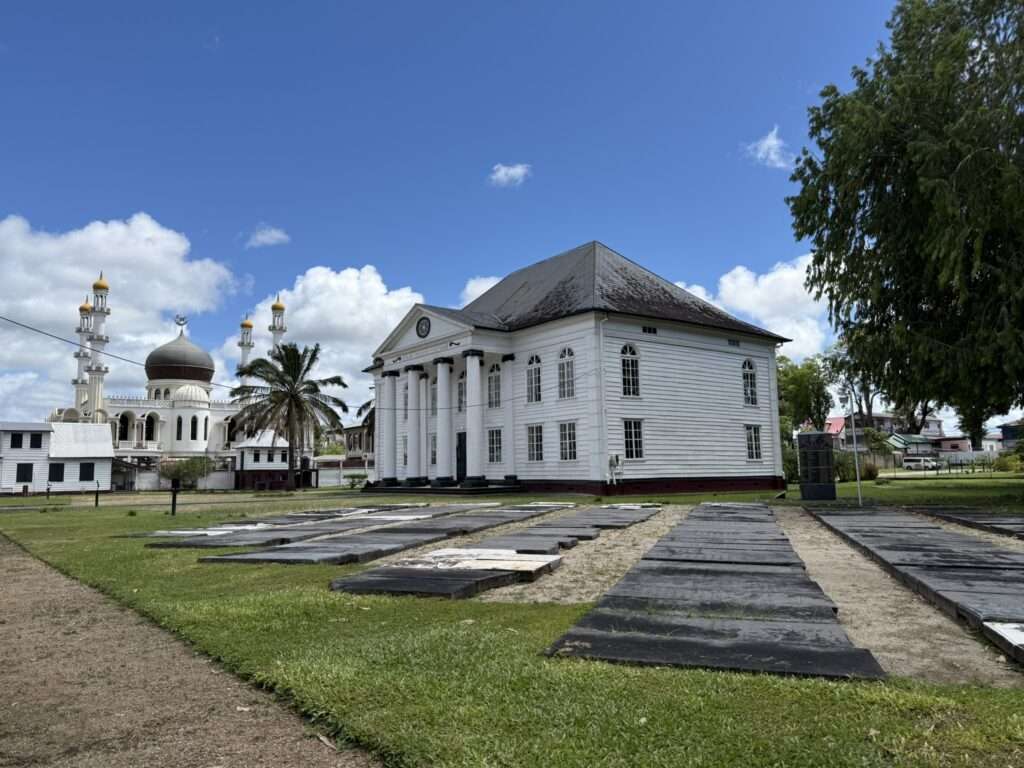
Besides the human diversity in Suriname, it also has incredible biodiversity and has the claim as the most forested country on Earth with 93% coverage. Within the rain forest there are very few populated areas except for Ameridian and Maroon communities. Even in the populated city of Paramaribo, the surrounding area is filled with unique wildlife. In the Commewijne River there are pink river dolphins and the Braamspunt Beach is one of the best to see nesting sea turtles. Even the small parks and nature reserves around the city are home to unique species of birds and monkeys. Scientists routinely come to Suriname to study Suriname’s nature and in the last decade have continued to find new species. As Suriname attempts to take advantage of its natural resources, some of the forest is experiencing deforestation due to timber and mining industries. There also have been recent discoveries of oil and gas fields off the coast of Suriname, which brings promises of new wealth but significant environmental risks for the rare coastal wildlife.
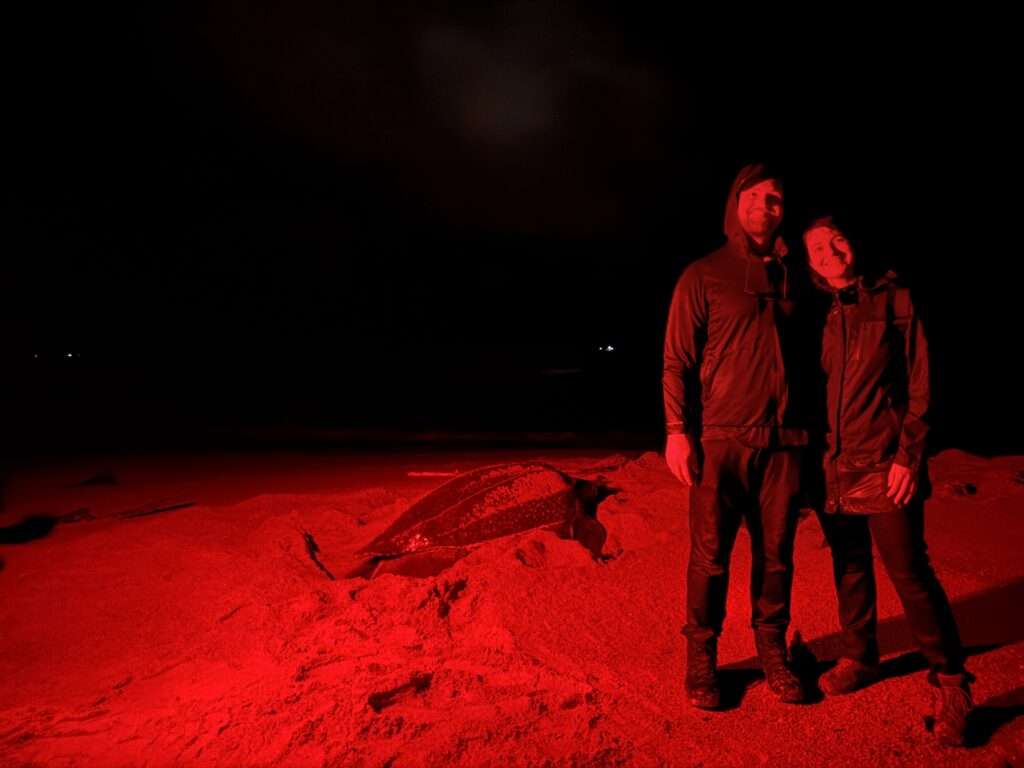
During our visit to Suriname, we intended to make the most of experiencing the diverse cultures and wildlife in the country. While exploring Paramaribo, we not only got to taste the food with different cultural influences such as roti kip (chicken curry with roti) but also made our own moksi alesi (rice and bean dish) along with bakabana (fried plantains dipped in peanut sauce) at a Surinamese home cooking class. Locals always recommended the popular Parbo beer which they claimed is better than Heineken and Borgoe Rum that is still produced in Suriname. Both were nice beverages to pair with the popular dishes and easy to drink in the incredibly humid environment. The culinary scene ended up being an unexpected highlight of our time in Suriname.
Another highlight was visiting some of the historic forts of Fort Zeelandia and Fort Nieuw Amsterdam which now serve as cultural museums. One of the most interesting facts was that in the 1660s the English seized control of New Amsterdam (present day New York) and essentially got the Dutch to relinquish their North American colonial claim in exchange for the British giving them Suriname. Besides historical information, the visits to the forts with a guide provided better context to the present day dynamics of life in Suriname. A final unforgettable highlight was seeing a pod of pink river dolphins as the sun began to set over the Commewijne River and watching a leatherback turtle lay her eggs. We were so impressed with what Paramaribo had to offer in spite of Suriname’s small size.
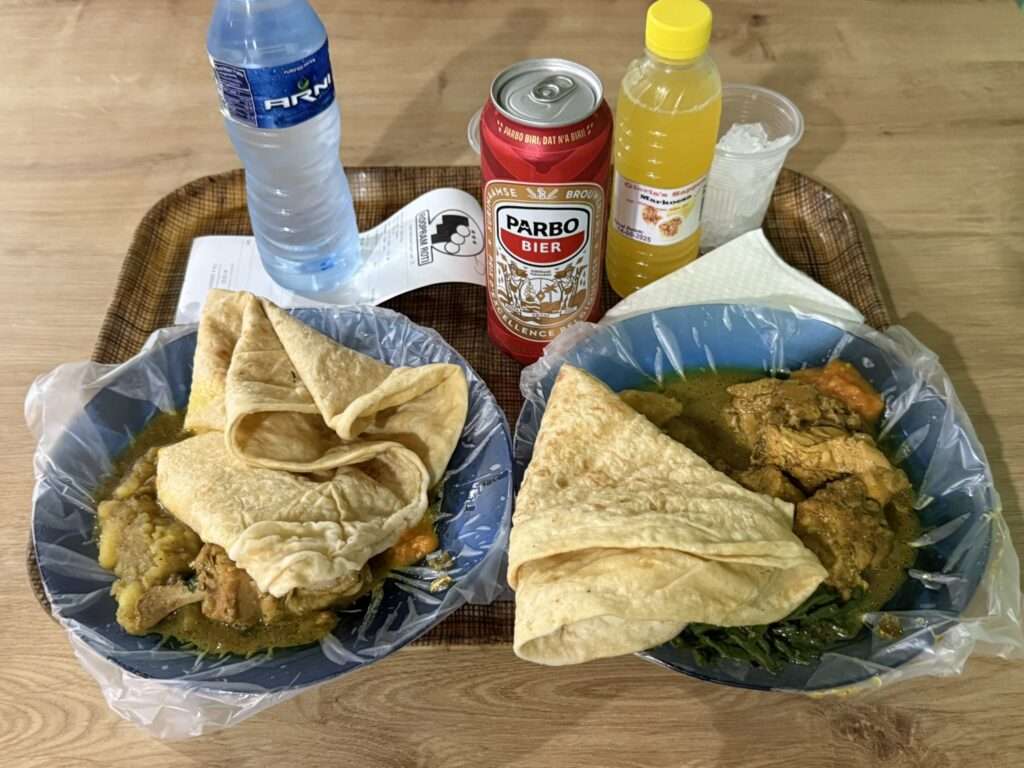
Travel Tip of the Week
Visit Amerindian and Maroon Communities in the Amazonian Interior
While Paramaribo is a convenient way to experience the diverse mix of Surinamese cultures in an urban setting, we were highly recommended to get out of the city and into the Amazonian communities. The Maroon communities have developed a few lodges within their villages along the Suriname River to promote their culture to outsiders and provide a source of work without having to travel to the city. In order to reach the communities, it is a 4 hour journey that includes a bus from Paramaribo to the end of the road in Atjoni and a boat ride up the Suriname River. Since the journey takes so long, most travelers choose to stay for at least 2 nights in the community to truly experience the culture.
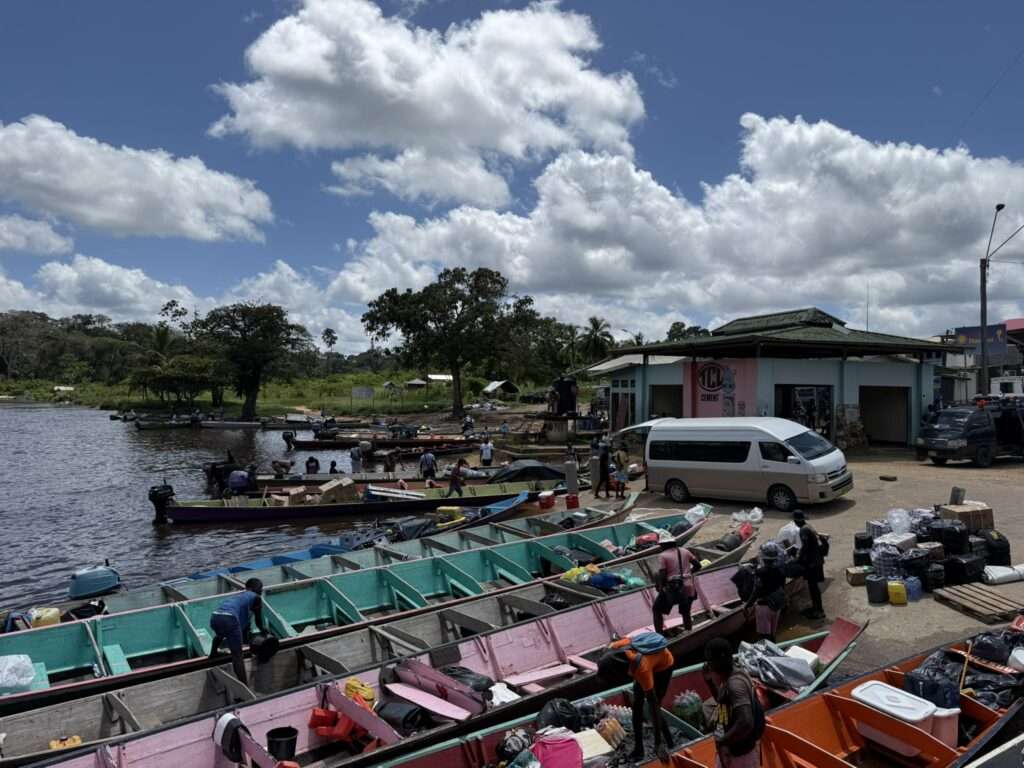
We visited the Maroon village of Jaw Jaw and stayed at a lodge that focuses on culture more than luxury. During our visit we routinely walked through the Maroon village and met people of varying ages from the community. We observed traditional cooking methods, learned about the forest, and gained a better understanding of how these communities still retain African traditions. Additionally, we saw modern aspects of the community such as a local contemporary band, a wood workshop, and how the young kids are most interested in watching football (soccer) on their phones just like in the cities. Staying at the Maroon lodge was unlike anything we experienced before and was a nice mix of relaxing, Maroon cultural activities, and exploring the rainforest to look for wildlife.
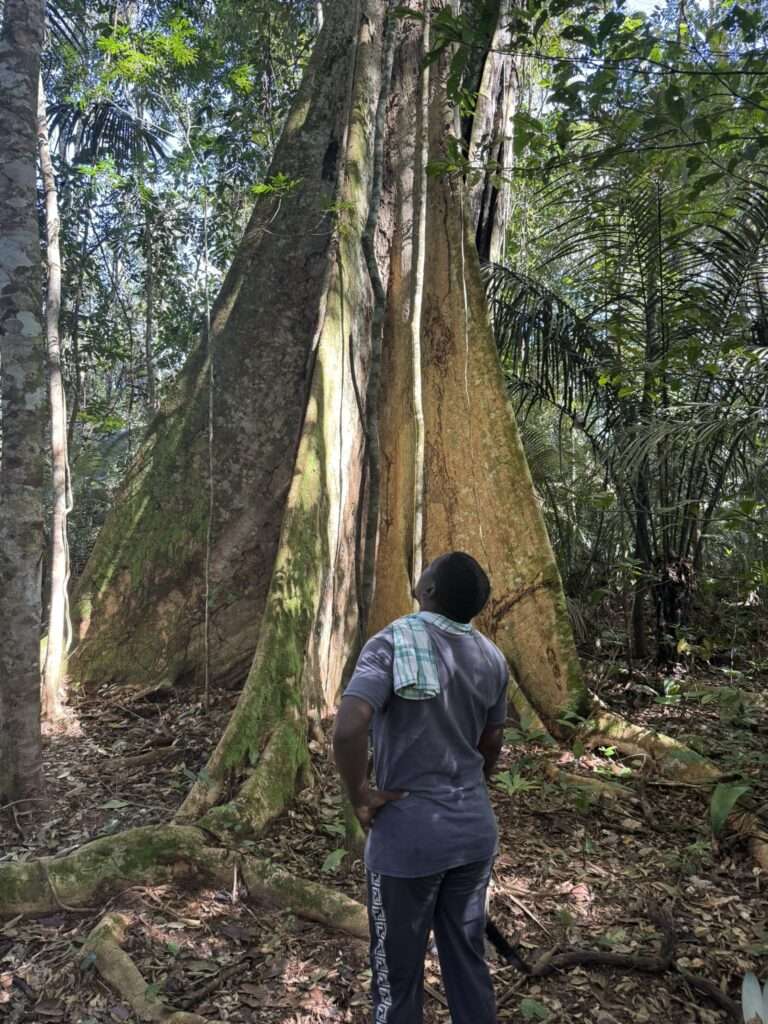
Initially, when the African slaves fled from European plantations the Amerindians helped them successfully establish their Maroon communities in the rainforest. After this time, the Amerindians continued deeper into the forest and today many of the most remote areas of Suriname are occupied by Amerindians. Some of these communities also have lodge accommodations that can be reached by flying into remote airstrips, but we did not visit them while in Suriname. However, there are still Amerindian villages closer to the coastal areas that welcome visitors such as Galibi near the border of French Guiana or Redi Doti further north along the Suriname River. We chose to visit Redi Doti because it is situated next to the UNESCO World Heritage Site of Jodensavanne to learn more about the Amerindian culture and the historical Jewish settlement. Our tour was run by Angela and Scott who both had different Amerindian heritages. Angela’s Amerindian mom moved to the Netherlands where she was raised before moving back to Suriname and met Scott who grew up in the Amernidian community of Gilibi. Now they run an Eco Resort and help support their community through cultural tourism.
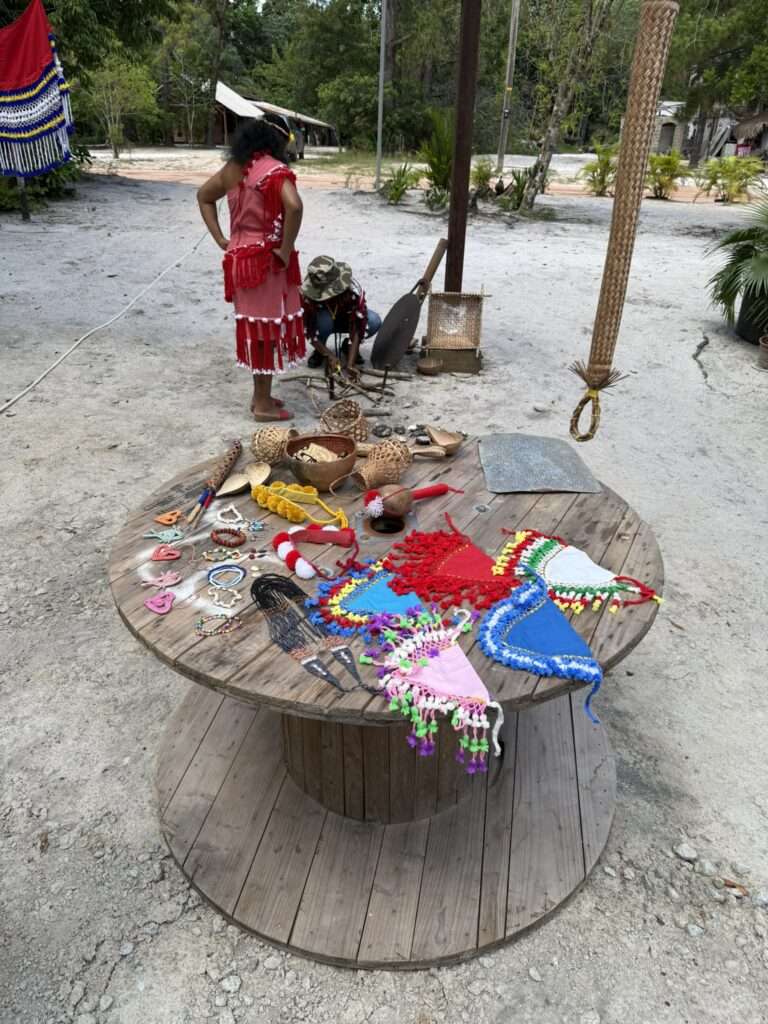
During our tour of Redi Doti we learned about traditional Amerindian cooking methods and participated in a customary dance to a live musical performance. Also, we saw modern businesses in the community, such as an organic pineapple farm and a fresh juice production facility. For lunch, we tried the traditional cassava fish soup with cassava bread and other home cooked Surinamese favorites. A final fascinating aspect of our tour was being able to visit the Jodensavanne National Monument, which at one time was one of the most significant Jewish settlements in South America. From the 1600s, it grew to be an economically important community but similar to other colonies in South America relied on forced labor. In the 1700s the community eventually deteriorated and moved to the capital of Paramaribo. Today the ruins of the main synagogue and grave yards are visible. A small museum has been established to share about the history and the only other people there during our visit were archeologists working to unearth more of the history. Our tour concluded with a drive back to Paramaribo where we drove by the biggest mandir of Suriname, Arya Dewaker Mandir. It was one final reminder of the truly unique cultural mix that makes Suriname so special.

